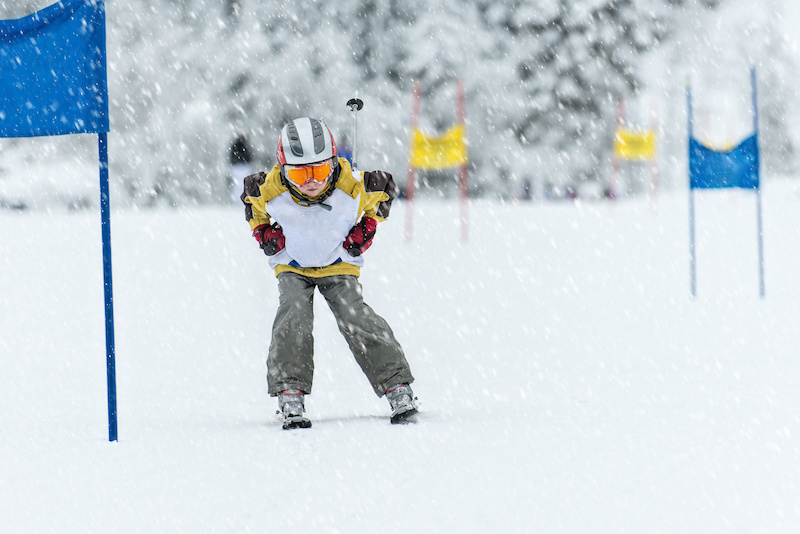Ski and snowboard injuries: How to reduce your risk

If you and your family ski or snowboard, you know the joy of breathing fresh winter air while much of the world is cooped up inside. You may also know of the sports’ many benefits, such as developing strength, balance, even emotional resilience. There are plenty of upsides as long as you can keep yourself and your family injury free.
“Of all alpine sports, downhill skiing and snowboarding have the highest injury rates,” Dr. Kristin Whitney told attendees of a recent lecture at the Micheli Center on ski and snowboard injury prevention. Here are nine things you should know to enjoy an injury-free winter season.
Read more about how helmets can reduce the risk of head injuries and learn about the Sports Medicine Division.
Related Posts :
-

What orthopedic trauma surgeons wish more parents knew about lawnmower injuries
Summer is full of delights: lemonade, ice cream, and fresh-cut grass to name a few. Unfortunately, the warmer months can ...
-

Pirate puzzles and peekaboo: Beckett’s brachial plexus birth injury story
Beckett Stone-Lyman is an adorable, fun 2-year-old who loves to run, sprint, and climb. If he’s not charging around ...
-

A fall from a swing uncovers a rare cervical spine condition: Charlotte’s story
If it were any other year, Charlotte Gillis would have celebrated her 10th birthday in mid-July with a big party. ...
-

The surprising energy demands of marathon training
Training for a marathon? Are you eating enough to help your body recover from one long training run and gear ...





